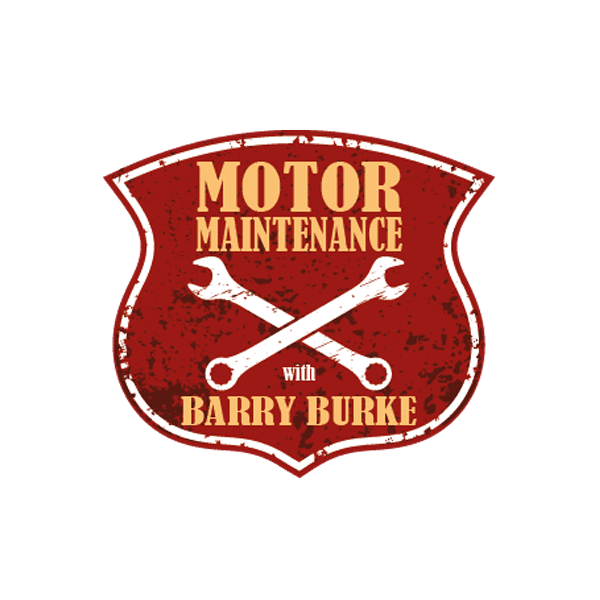Airfilter
Check it every month. Replace it when it becomes dirty or as part of a tune-up. It is easy to reach right under the big metal ‘lid’, in a carburetted engine; or in a rectangular box at the forward end of the air in a duct hose assembly.
Battery
Extreme caution should be taken while handling a battery since it can produce explosive gases. It is advisable not to smoke, create a spark or light a match near a battery. Always wear protective glasses and gloves.
Belts
Inspect belts and hoses smoothly. Replace glazed, worn or frayed belts. Replace bulging, rotten or brittle hoses and tighten clamps. If a hose looks bad, or feels too soft or too hard, it should be replaced.
Brake Fluid
Check the brake fluid monthly. First wipe dirt from the brake master cylinder reservoir lid. Pry off the retainer clip and remove the lid or unscrew the plastic lid, depending on which type your vehicle has. If you need fluid, add the improved type and check for possible leaks throughout the system. Do not overfill.
Engine Oil
Check the oil after every fill up. Remove the dipstick, wipe it clean. Insert it fully and remove it again. If it is low, add oil. To maintain peak performance, the oil should be changed every 3,000 miles or 3 months, whichever comes first. Replace the oil filter with every oil change.
Exhaust
Look underneath for loose or broken exhaust clamps and supports. Check for holes in muffler or pipes. Replace the rusted or damaged parts. Have the emission checked once per year for compliance with local laws.
Hoses
Inspect the hoses and belts monthly. If a hose looks bad, or feels too soft or too hard, it should be replaced.
Lights
Make sure that all your lights are clean and working, including the brake lights, turn signals and emergency flashers. Keep spare bulbs and fuses in your vehicle.
Oil Filter
To maintain peak performance, change oil every 3 months or 3,000 kms whichever comes first. Replace oil filter with every oil change.
Power Steering Fluid
Check the power steering fluid level once per month. Check it by removing the reservoir dipstick. If the level is down, add fluid and inspect the pump and hoses for leaks.
Shock Absorbers
Look for signs of oil seepage on shock absorbers, test shock action by bouncing the car up and down. The car should stop bouncing when you step back. Worn or leaking shocks should be replaced. Always replace shock absorbers in pairs.
Tyres
Keep tyres inflated to recommended pressure. Check for cuts, bulges and excessive tread wear. Uneven wear indicates tyres are misaligned or out of balance.
Transmission Fluid
Check transmission fluid monthly with engine warm and running, and the parking brake on. Shift to drive, then to park. Remove dipstick, wipe dry, insert it and remove it again. Add the approved type fluid, if needed. Never overfill.
Washer Fluid
Keep the windshield washer fluid reservoir full. Use some of it to clean off the wiper blades.
Wiper Blades
Inspect the windscreen wiper blades whenever you clean your windshield. Do not wait until the rubber is worn or brittle to replace them. They should be replaced at least once per year and more often if smearing occurs.
